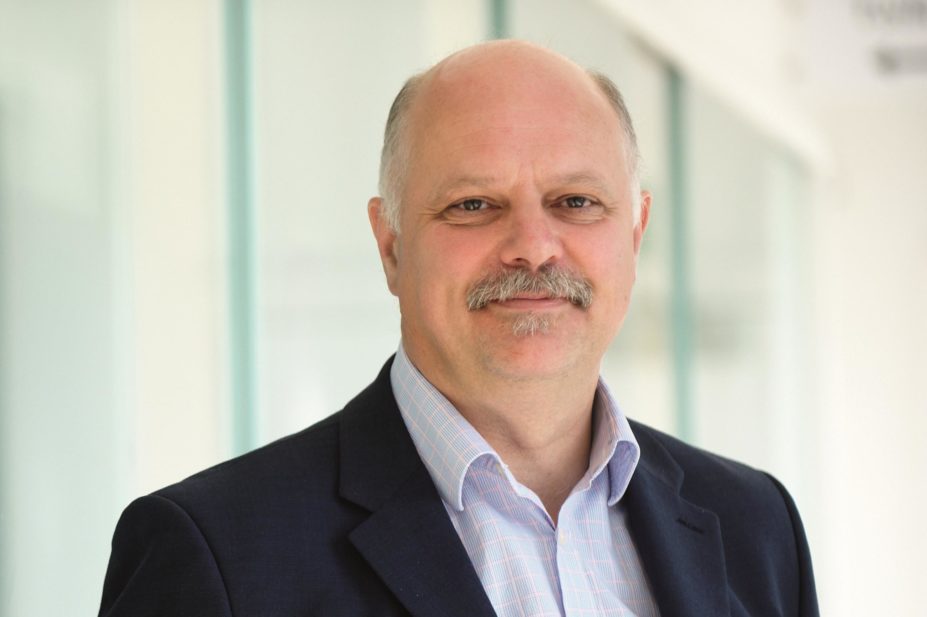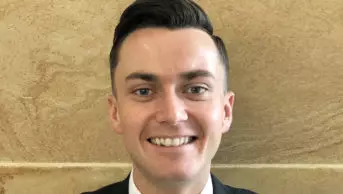
Surging patient demand for urgent care and a shortage of GPs and A&E doctors have led these professionals to warn they are at breaking point.
The NHS in England must do better at helping people stay well and out of hospital.
To this end, the Royal Pharmaceutical Society’s (RPS) English Pharmacy Board (EPB) recently approved a new campaign to help tackle these issues. The campaign, which started on 19 October 2014, forms the first of five key issues on which we will base upcoming activities to deliver change.
It was launched alongside University of Aberdeen research that showed how common ailments can be effectively and very economically treated in community pharmacy settings, potentially saving the NHS more than £1bn. The research and campaign launch were covered by the national media and sparked significant interest on social media.
Of our five upcoming campaigns, we launched this one first because of the approaching winter pressures activity, the publication of the research and its applicability to both community and hospital pharmacists.
A good campaign has a simple message at its core: ours is that pharmacists can help the NHS with its unplanned care problem. Part of the solution must be better integration of the pharmacy profession into a variety of healthcare settings.
We can do this in two ways.
Firstly, employ pharmacists within A&E departments to manage the many people arriving with medicines supply issues and supporting the NHS in this setting to deal with common ailments.
Secondly, recognise that community pharmacy can play a role in reducing A&E attendances. This should principally be achieved through formal common ailments services that are supported and signposted to by other primary care providers. But it can also be through emergency medicines supply and influenza vaccination services.
We want to extend the role of community pharmacies to embed them deeper in how NHS England delivers primary care. There is also an opportunity to develop a new role for pharmacists in primary care, which will widen opportunities for our members as the number of pharmacists increases.
Queues in A&E departments and images of hospital corridors with patients on trolleys awaiting treatment are politically unacceptable. Before the campaign launch, EPB members and RPS staff attended the party political conferences and discussed this matter with front-bench spokespeople and shadow health representatives to ensure they understand the potential impact that pharmacists could have.
Judith Smith, director of policy at the Nuffield Trust and lead author of the RPS report, ‘Now or Never: Shaping Pharmacy for the Future’, frequently highlights the need for the RPS to share its views on these matters with those who develop policy and with other professions. This important lesson has driven much of our campaign activity.
We are now talking to patient groups, health think tanks and bodies such as the NHS Alliance and the National Association of Primary Care. Crucially, professional medical organisations such as the College of Emergency Medicine and the Royal College of General Practitioners have provided messages of support for the role of pharmacists.
We believe this provides fertile ground for this and future campaigns.
Along with NHS England and other pharmacy organisations, we want to see local uptake of the ambitions outlined in the winter pressures and urgent care document, which is being refreshed from the 2013 version.
We hope that the new NHS System Resilience Groups, which are tasked with ensuring the NHS can cope with increased seasonal demand, will call upon the help of pharmacists.
Hopefully, such a call for help will get a positive response.
You may also be interested in
Long service of members

Membership fees 2022
